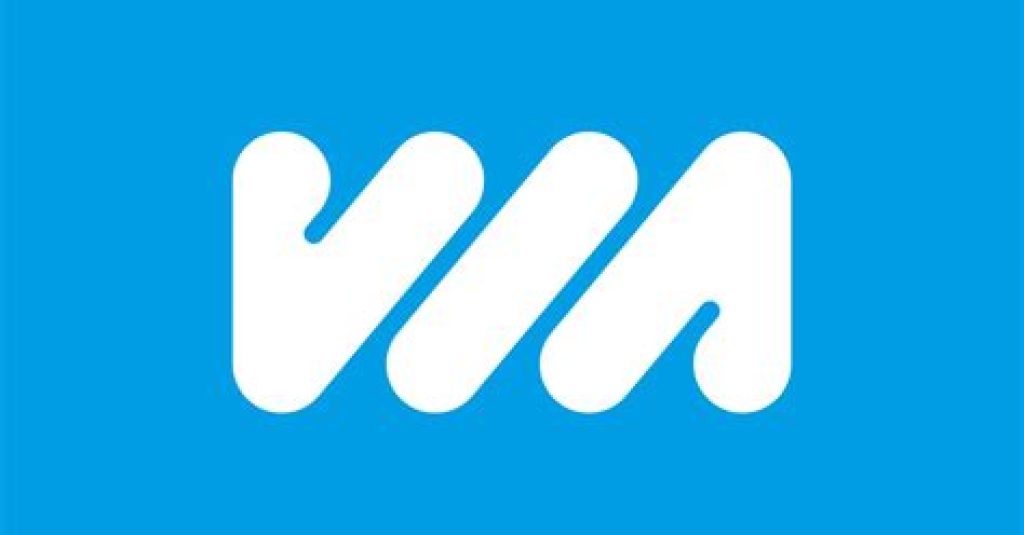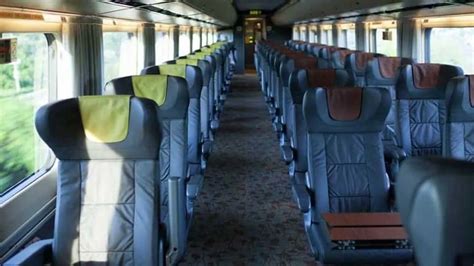What is a VIA?
A VIA is a small, electrically conductive pathway that connects different layers of a PCB or an IC. These pathways are typically made of copper and are used to establish electrical connections between components on different layers of the board. VIAs are essential for creating complex, multi-layered PCBs and ICs, as they allow designers to route signals and power between layers efficiently.
Types of VIAs
There are several types of VIAs used in PCB and IC design, each with its own characteristics and applications:
-
Through-hole VIAs: These are the most common type of VIAs, extending from the top layer to the bottom layer of the PCB. They are created by drilling a hole through the board and plating the inside of the hole with a conductive material, such as copper.
-
Blind VIAs: Blind VIAs connect an outer layer to an inner layer of the PCB, but they do not extend through the entire board. They are typically used to save space on the board and reduce the overall size of the PCB.
-
Buried VIAs: Buried VIAs are used to connect two or more inner layers of a PCB without extending to the outer layers. They are created by drilling a hole through the inner layers and plating the inside of the hole with a conductive material.
-
Micro VIAs: Micro VIAs are small, high-density VIAs that are used in advanced PCB and IC designs. They are typically less than 150 microns in diameter and are used to connect fine-pitch components and high-density interconnects.
| VIA Type | Description | Application |
|---|---|---|
| Through-hole | Connects top to bottom layer, extends through entire board | Most common, suitable for general applications |
| Blind | Connects outer layer to inner layer, does not extend through | Space-saving, reduces PCB Size |
| Buried | Connects inner layers, does not extend to outer layers | Complex multi-layer designs |
| Micro | Small, high-density VIAs, less than 150 microns in diameter | Advanced PCBs, fine-pitch components |
The Importance of VIAs in PCB and IC Design
VIAs play a crucial role in the design and manufacturing of PCBs and ICs. They enable designers to create complex, multi-layered structures that can accommodate a wide range of components and functions. Some of the key benefits of using VIAs include:
-
Space-saving: By using VIAs to route signals and power between layers, designers can create more compact and efficient PCBs and ICs. This is particularly important in modern electronics, where devices are becoming increasingly smaller and more powerful.
-
Improved signal integrity: VIAs help to reduce the distance that signals need to travel between components, which can improve signal integrity and reduce noise and interference.
-
Enhanced thermal management: VIAs can also be used to transfer heat away from components, helping to prevent overheating and improve the overall reliability of the device.
-
Increased design flexibility: With the ability to create complex, multi-layered structures using VIAs, designers have greater flexibility in terms of component placement and routing. This can lead to more innovative and efficient designs.

VIAs in Pads
Pads are an essential component in many electronic devices, serving as a surface for mounting components or establishing electrical connections. VIAs are often used in conjunction with pads to create more robust and reliable connections.
Types of VIAs in Pads
-
Thermal VIAs: Thermal VIAs are used to transfer heat away from components mounted on pads. They are typically placed directly beneath the pad and extend through the PCB to a heat sink or other cooling solution.
-
Via-in-Pad: Via-in-Pad is a technique where a VIA is placed directly within the pad itself. This approach saves space on the PCB and can improve the mechanical strength of the connection.
-
Stacked VIAs: Stacked VIAs are multiple VIAs placed on top of each other to create a longer, more robust connection between layers. This technique is often used in high-density PCB designs where space is limited.
Benefits of Using VIAs in Pads
-
Improved thermal management: By using thermal VIAs, designers can effectively transfer heat away from components mounted on pads, reducing the risk of overheating and improving the overall reliability of the device.
-
Increased mechanical strength: Via-in-Pad and stacked VIA techniques can enhance the mechanical strength of the connection between the component and the PCB, reducing the risk of failure due to vibration or other mechanical stresses.
-
Space-saving: By integrating VIAs directly into the pads, designers can create more compact and efficient PCB layouts, which is essential in modern electronics where space is at a premium.

Applications of VIAs in Various Industries
VIAs are used in a wide range of industries and applications, from consumer electronics to aerospace and defense. Some of the most common applications include:
-
Smartphones and tablets: VIAs are essential in the design of modern smartphones and tablets, enabling designers to create compact, high-performance devices with a wide range of features and capabilities.
-
Automotive electronics: VIAs are used extensively in automotive electronics, including engine control units, infotainment systems, and advanced driver assistance systems (ADAS).
-
Medical devices: VIAs play a crucial role in the design of medical devices, such as implantable pacemakers, hearing aids, and diagnostic equipment.
-
Industrial automation: VIAs are used in industrial automation systems, such as programmable logic controllers (PLCs), sensors, and actuators, to create robust and reliable connections in harsh environments.
-
Aerospace and defense: VIAs are used in a wide range of aerospace and defense applications, including avionics, radar systems, and satellite communications.

Frequently Asked Questions (FAQ)
-
What is the difference between a through-hole VIA and a blind VIA?
A through-hole VIA extends from the top layer to the bottom layer of the PCB, while a blind VIA connects an outer layer to an inner layer without extending through the entire board. -
What are micro VIAs, and when are they used?
Micro VIAs are small, high-density VIAs with a diameter of less than 150 microns. They are used in advanced PCB and IC designs to connect fine-pitch components and high-density interconnects. -
How do VIAs help with thermal management in PCBs?
VIAs can be used to transfer heat away from components, helping to prevent overheating and improve the overall reliability of the device. Thermal VIAs are often placed directly beneath components to effectively dissipate heat. -
What is Via-in-Pad, and what are its benefits?
Via-in-Pad is a technique where a VIA is placed directly within the pad itself. This approach saves space on the PCB and can improve the mechanical strength of the connection between the component and the board. -
In which industries are VIAs commonly used?
VIAs are used in a wide range of industries, including consumer electronics, automotive electronics, medical devices, industrial automation, and aerospace and defense.
Conclusion
VIAs are a fundamental component in the design and manufacturing of PCBs and ICs, enabling the creation of complex, multi-layered structures that can accommodate a wide range of components and functions. By understanding the different types of VIAs and their applications, designers can create more efficient, reliable, and innovative electronic devices across various industries.
As technology continues to advance, the importance of VIAs in PCB and IC design will only continue to grow. By staying up-to-date with the latest developments in VIA technology and best practices for their implementation, designers can ensure that their products remain at the forefront of the ever-evolving electronics industry.

Leave a Reply